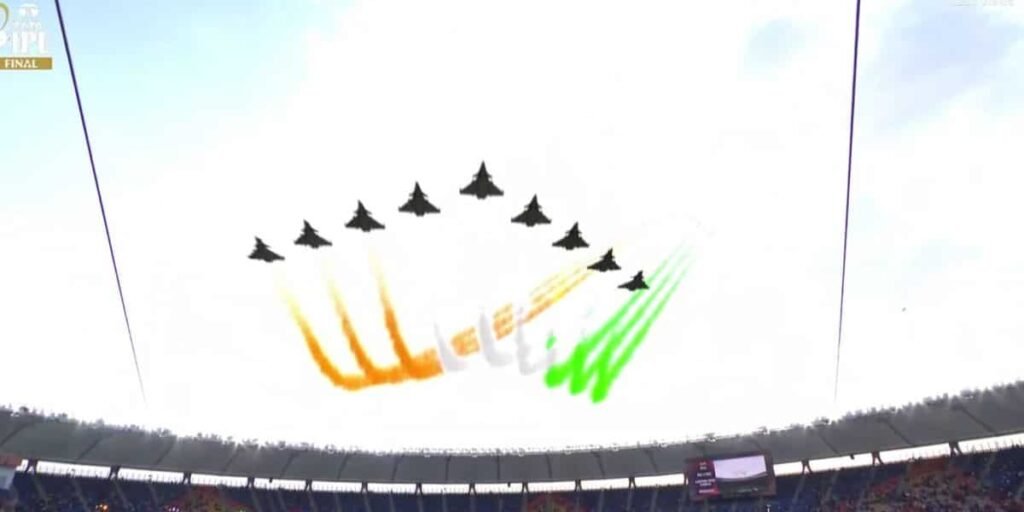A warning has been issued by National Disaster Management Authority (NDMA) for the areas of Gilgit-Baltistan and Khyber Pakhtunkhwa regarding Glacial flood.
According to NDMA, there is a possibility of flooding in vulnerable valleys due to rising temperatures.
Currently, all federal ministries, provincial governments, line departments, and municipal administrations are on high alert after Glacial flood alert.
Citizens have been asked to avoid unnecessary movement near nullahs, streams, and fast-flowing water channels, and to exercise extreme caution, especially in low-lying areas.
Tourists have been strongly advised against trekking or taking photographs near glaciers, with authorities warning of the high risk of untoward incidents. A detailed vulnerability map of GLOF-prone sites in KP and GB has been circulated among relevant agencies to aid in response planning.
A week earlier, 17 members of a Sialkot-based family, picnicking along the Swat River, were caught in a sudden and powerful surge of water.
Four people were rescued, and 12 bodies have been recovered so far.
Eyewitnesses say the tourists had gone to the dry riverbed for photos after breakfast when suddenly the fierce current surrounded them. People climbed onto a mound to save themselves and screamed for help, but the river’s flow was too strong for anyone to resist.
What is Glacial flood?
A glacial lake outburst flood (GLOF) is a release of meltwater from a moraine- or ice-dam glacial lake due to dam failure.






